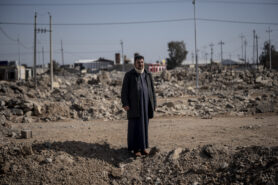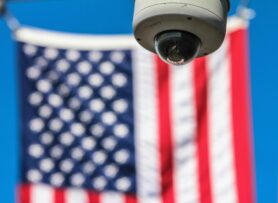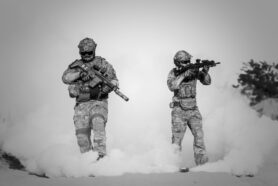The article “The costs and consequences of drone warfare” by Michael J. Boyle speaks to the theme of ‘blowback’ as it illustrates the cost and blowback consequences. Boyle does this by using the illustrating case of the failed Time Square terrorist attack that was according to the attacker a reaction to the use of drones in Afghanistan and Iraq by the US. The article follows with his analysis by considering the different costs of the drone program. First, the effectiveness of drone use in the fight against terrorism, which Boyles argues to be a ‘myth’ and often not based on evidence. Second, the strategic cost of the fight against terrorism using drones. Third, the social effects on societies where drone strikes take place. And fourth, the arms race for drones the US drone program creates as a strategic consequence.
The main argument of the article is that drone strikes negatively impact the stability and legitimacy of the local governments, create anti-American sentiment and create new recruits for Islamist networks that aim to overthrow the current governments. Furthermore, Boyle argues that the then embrace of drones by the United States will create an arms race and polarization between ‘those who have drones and those who are victims of them’ (Boyle, 2013). Overall, Boyle suggests that policymakers must weigh the costs and benefits of drone warfare carefully and develop clear guidelines for their use to reduce the negative consequences.
This article by Boyle was written ten years ago and offers a general warning about the various costs of remote warfare and the potential consequences, such as blowback and a ‘drone arms race’. Today, ten years later, this warning has very much become a reality. We see a significant increase in the arms race for drones, different forms of blowback, and the costs of civilian harm
You can find the full article by Michael J. Boyle by clicking on the reference below.
This post was written by IRW LAB student Tasniem van Buuren.
Source image: Ministerie van Defensie



